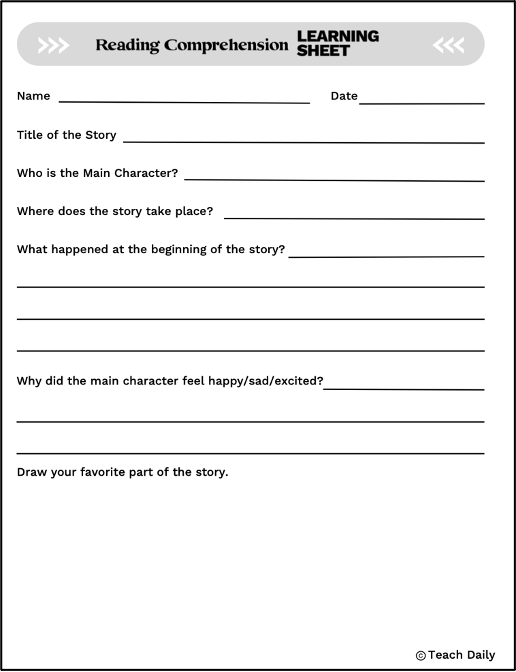Engage with Learning Sheets
Join Our Community
Access this resource now. Get up to three resources every month for free.
Choose from thousands of articles, lessons, guides, videos, and printables.
In the realm of education, the terms worksheet and learning sheet might seem interchangeable, but they represent fundamentally different approaches to student engagement and learning. Understanding these differences can help us create more meaningful and effective learning experiences for our students.
A worksheet typically has a reputation for being a busywork tool. Historically, worksheets have been part of workbooks with questions designed to keep students occupied rather than truly engaged. These sheets often feature low-level questions that require rote answers and do not necessarily encourage deeper thinking or understanding. Because of this, the term worksheet has garnered a somewhat negative connotation in education circles.
In contrast, a learning sheet serves a higher purpose in the classroom. When educators refer to a learning sheet, they are talking about a tool that allows students to demonstrate their thinking and understanding authentically. A learning sheet is designed to be more than just a series of questions; it is a space where students can grapple with concepts, reflect on their learning, and showcase their comprehension in a meaningful way.
When educators refer to a learning sheet, they are talking about a tool that allows students to demonstrate their thinking and understanding authentically. A learning sheet is designed to be more than just a series of questions; it is a space where students can grapple with concepts, reflect on their learning, and showcase their comprehension in a meaningful way.
For instance, consider this second-grade reading comprehension learning sheet. This sheet provides four questions that are crafted to assess understanding of the key details, such as the characters, setting, and main idea of a story. An additional creative task, such as drawing a scene from the story, further engages students and integrates artistic expression with reading comprehension.
The key distinction between a worksheet and a learning sheet lies in their objectives and outcomes. A worksheet might be used to fill time, while a learning sheet is a deliberate tool aimed at enhancing specific skills and encouraging deeper cognitive engagement. In a classroom setting, the teacher-directed use of learning sheets aligns with curriculum goals and learning objectives while also promoting independent and critical thinking among students.
Although worksheets and learning sheets might look similar on the surface, their purposes and impacts are vastly different. By focusing on creating and using learning sheets, educators can ensure that their students are not just passively completing tasks but are actively engaged in their learning journey, building skills that will serve them well beyond the classroom.





